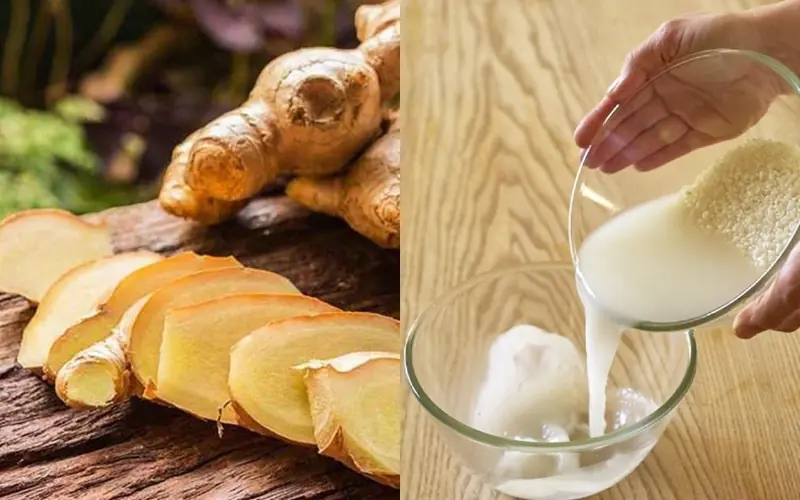
If your pan loses its non-stick coating, don't throw it away.
How to Restore Your Old Pan When It Loses Its Non-Stick Coating: A Simple Tip to Turn It Into a New One
If you’ve ever had a non-stick pan that suddenly lost its smooth coating, you know how frustrating it can be. Food sticks to the surface, cooking becomes a hassle, and cleaning is a nightmare. Many people would throw their pan away and rush out to buy a new one. But before you toss your old pan, there’s a simple, effective tip that can help restore your pan’s non-stick surface and make it feel like new again.
In this article, we’ll walk you through an easy method to bring your old pan back to life, saving you money and reducing waste.
Why Does the Non-Stick Coating Wear Off?
Non-stick pans are coated with materials such as Teflon or ceramic to prevent food from sticking. However, these coatings can wear off due to:
-
High heat cooking: Excessive heat can degrade the non-stick layer.
-
Use of metal utensils: Scratching the surface with metal spoons or spatulas can damage the coating.
-
Cleaning techniques: Using abrasive scrubbers or harsh chemicals can strip away the non-stick surface.
-
Age and wear: Over time, even with proper care, coatings naturally wear down.
Once the coating is gone, cooking and cleaning become difficult, leading many to discard their pans prematurely.
A Simple Tip to Restore Your Old Pan’s Non-Stick Surface
The good news is you don’t have to buy a new pan immediately. There’s a simple trick using common kitchen ingredients that can restore the non-stick properties of your pan.
Materials You Need
-
Salt (preferably coarse salt)
-
Cooking oil (such as vegetable or olive oil)
-
Paper towels or a clean cloth
Step-by-Step Guide
-
Heat the Pan
Start by heating your pan on the stove over medium heat for a few minutes. This will help open the pores of the pan’s surface.
-
Add Salt
Pour a generous amount of coarse salt into the hot pan. The salt acts as a gentle abrasive to remove any residue or food particles that are stuck to the surface.
-
Scrub the Pan
Using a paper towel or clean cloth, carefully scrub the salt around the surface of the pan. Be gentle enough not to damage the pan further, but firm enough to scrub off grime.
-
Discard the Salt
Once you’ve scrubbed the surface well, discard the salt and wipe the pan clean with a fresh paper towel.
-
Apply Oil
Pour a small amount of cooking oil into the pan. Use a paper towel to spread the oil evenly across the entire surface, including the edges.
-
Heat the Oiled Pan
Heat the pan again on medium heat for a few minutes. This process allows the oil to bond to the surface, creating a natural non-stick layer.
-
Cool and Wipe
Turn off the heat and let the pan cool. Once cool, wipe off any excess oil with a clean paper towel.
Your pan should now have a restored non-stick surface that makes cooking and cleaning much easier!
Why Does This Work?
This technique works because the combination of salt and heat helps remove residue and clean the surface, while the oil heats and polymerizes, forming a protective, natural coating. This method is similar to seasoning a cast-iron skillet but works for many types of pans that have lost their non-stick finish.
Tips for Maintaining Your Restored Pan
After restoring your pan, it’s important to maintain it properly to keep it functioning well for a long time.
-
Avoid metal utensils: Use wooden, silicone, or plastic tools to prevent scratching the surface.
-
Cook on medium or low heat: High heat can damage the non-stick layer.
-
Clean gently: Use soft sponges or cloths instead of abrasive scrubbers.
-
Avoid harsh chemicals: Clean your pan with mild dish soap and warm water.
-
Regularly reapply oil: Occasionally repeat the seasoning process to maintain the non-stick layer.
When to Replace Your Pan
While this tip can extend the life of your pan, it’s important to know when it’s time to replace it:
-
The surface is heavily scratched or peeling.
-
You notice any rust spots.
-
The pan warps and no longer sits flat on the stove.
-
Food consistently sticks despite seasoning.
Safety is paramount, so if the pan is damaged beyond repair, it’s best to invest in a new one.
Benefits of Restoring Your Old Pan
-
Saves money by avoiding the need to buy a new pan.
-
Reduces waste and helps the environment by reusing kitchen items.
-
Allows you to enjoy the convenience of a non-stick surface for cooking.
-
Makes cleaning easier and cooking healthier by requiring less oil.
Conclusion
Don’t rush to throw away your old pan when the non-stick coating starts to wear off. With this simple tip using salt and oil, you can restore your pan’s surface and keep it working like new. Not only is this method cost-effective, but it also supports sustainable living by reducing waste. Follow the steps carefully, maintain your pan with proper care, and enjoy cooking with your restored, non-stick pan for many meals to come!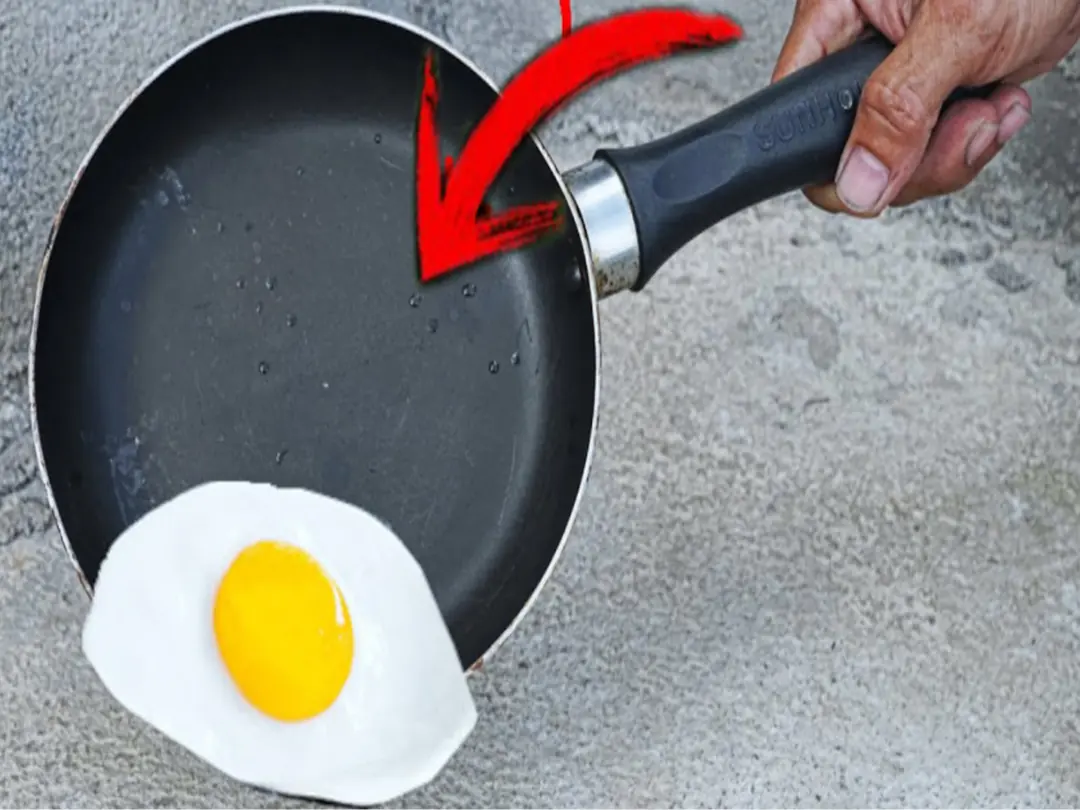
News in the same category


4 Effective Home Remedies to Eliminate Mucus and Phlegm in the Throat, Sinusitis, and Rhinitis

Tips for boiling potatoes without water, in just 5 minutes, the potatoes will be soft and fragrant
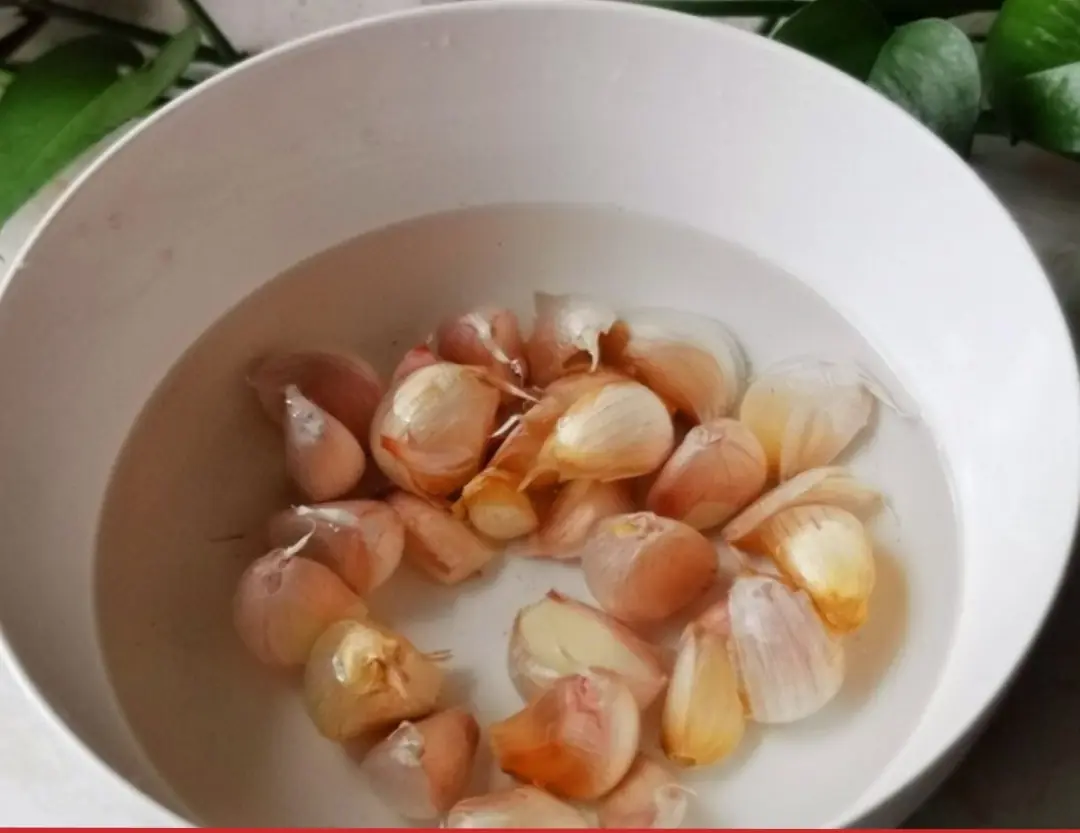
Peeling garlic by hand is old-fashioned. Here are 4 ways that are quick and don't leave a smell on your hands.

6 tips for using beer to condition and wash your hair to make it shiny, black, and reduce hair loss

Not everyone pays attention to this issue
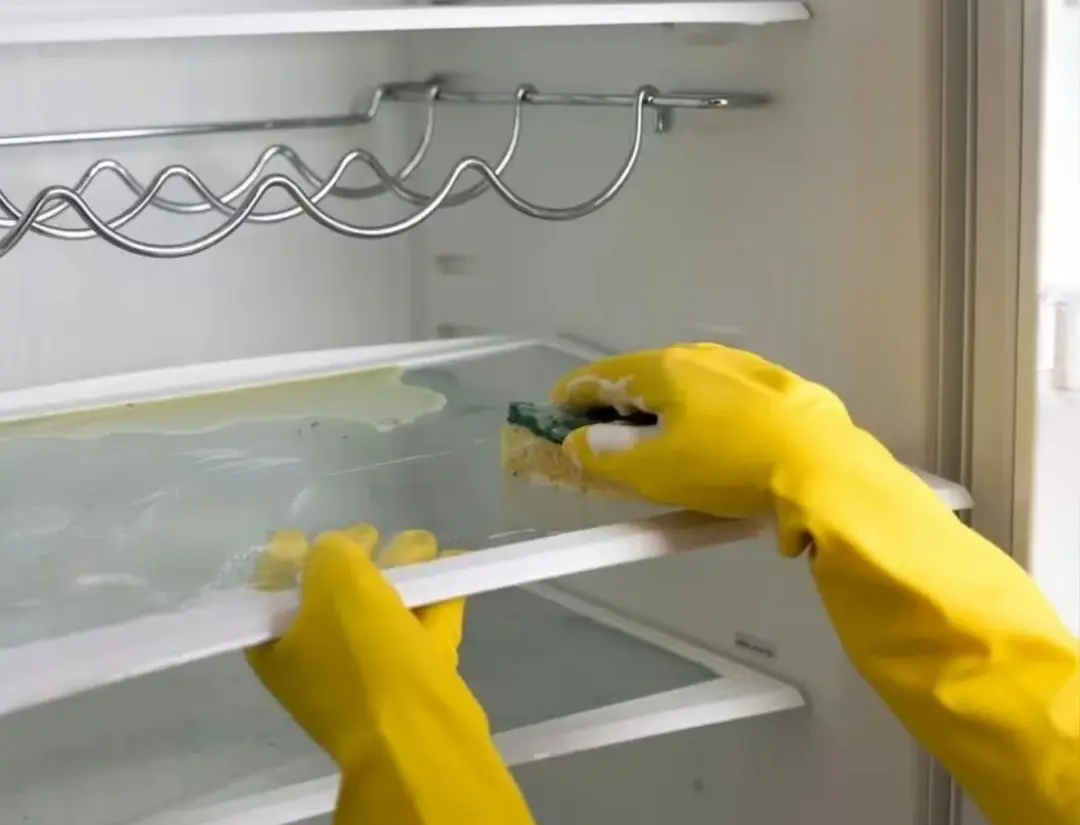
30-minute tip to keep your refrigerator clean and odorless with cheap and safe ingredients
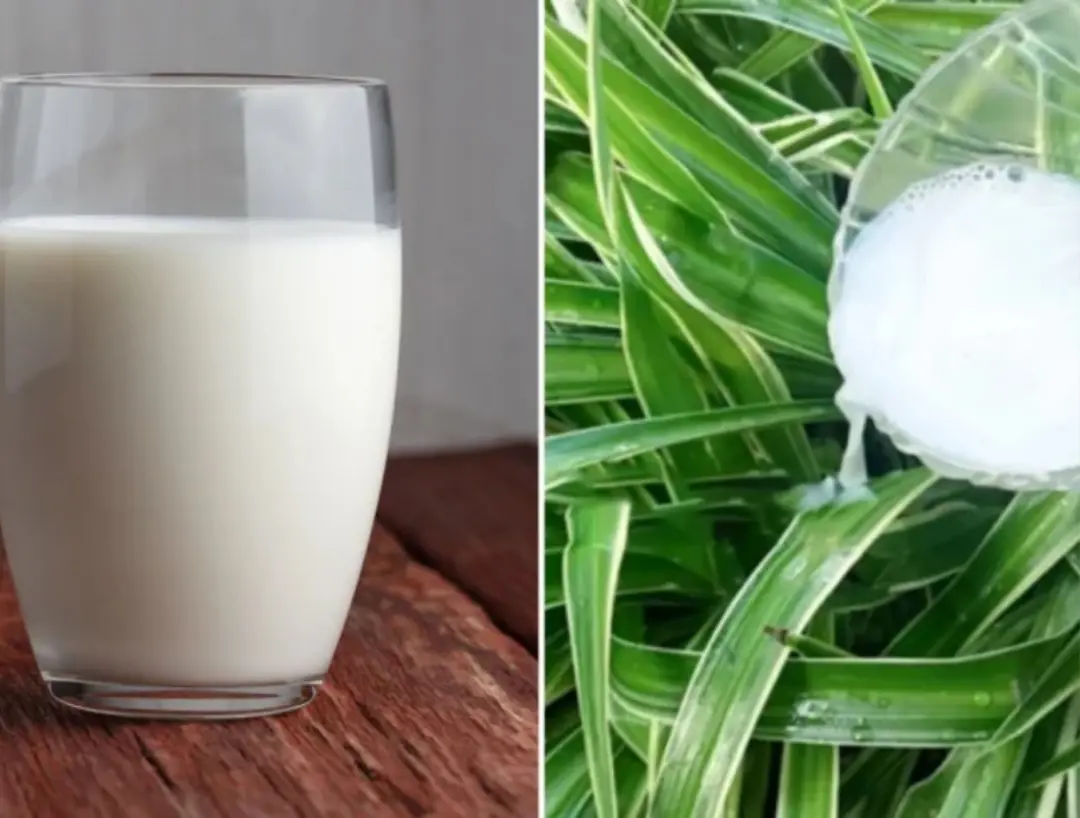
Expired fresh milk has 4 special uses
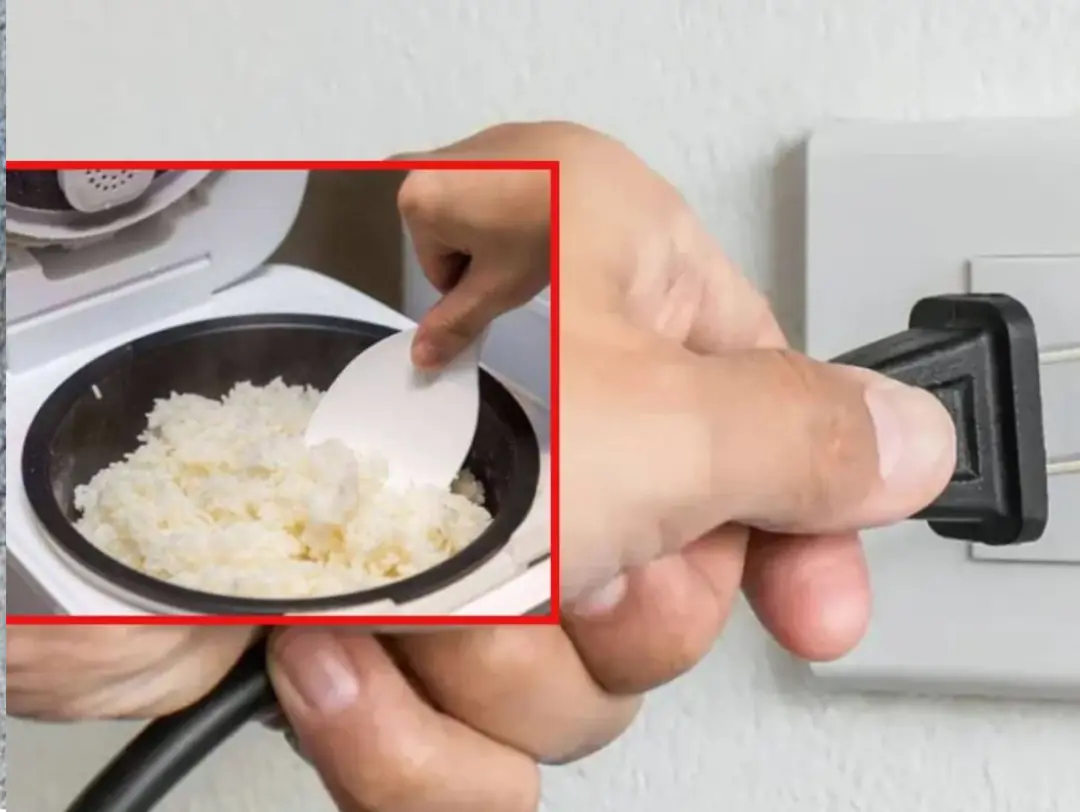
Do You Need to Unplug the Rice Cooker After the Rice Is Cooked: The Surprising Answer
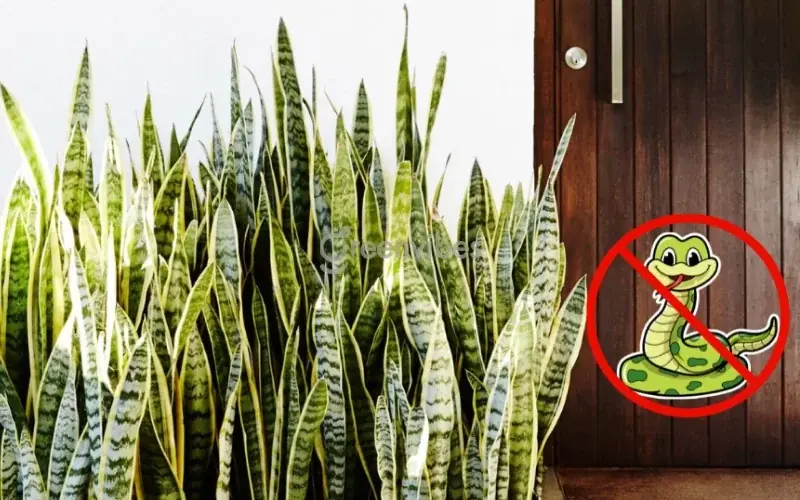
Plant these 5 plants around your house to repel snakes
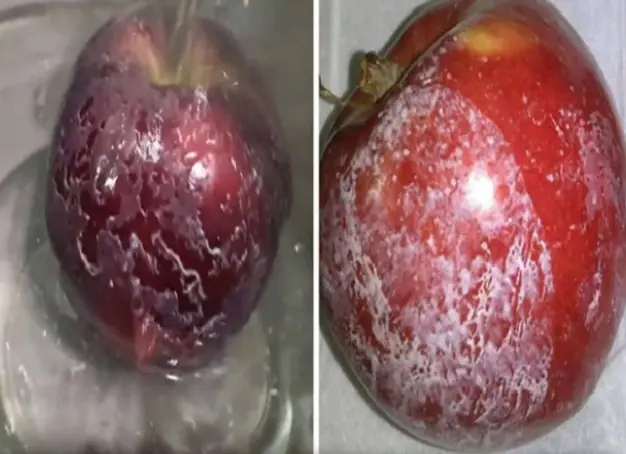
How to effectively remove the wax layer on apples

How to repel mosquitoes easily
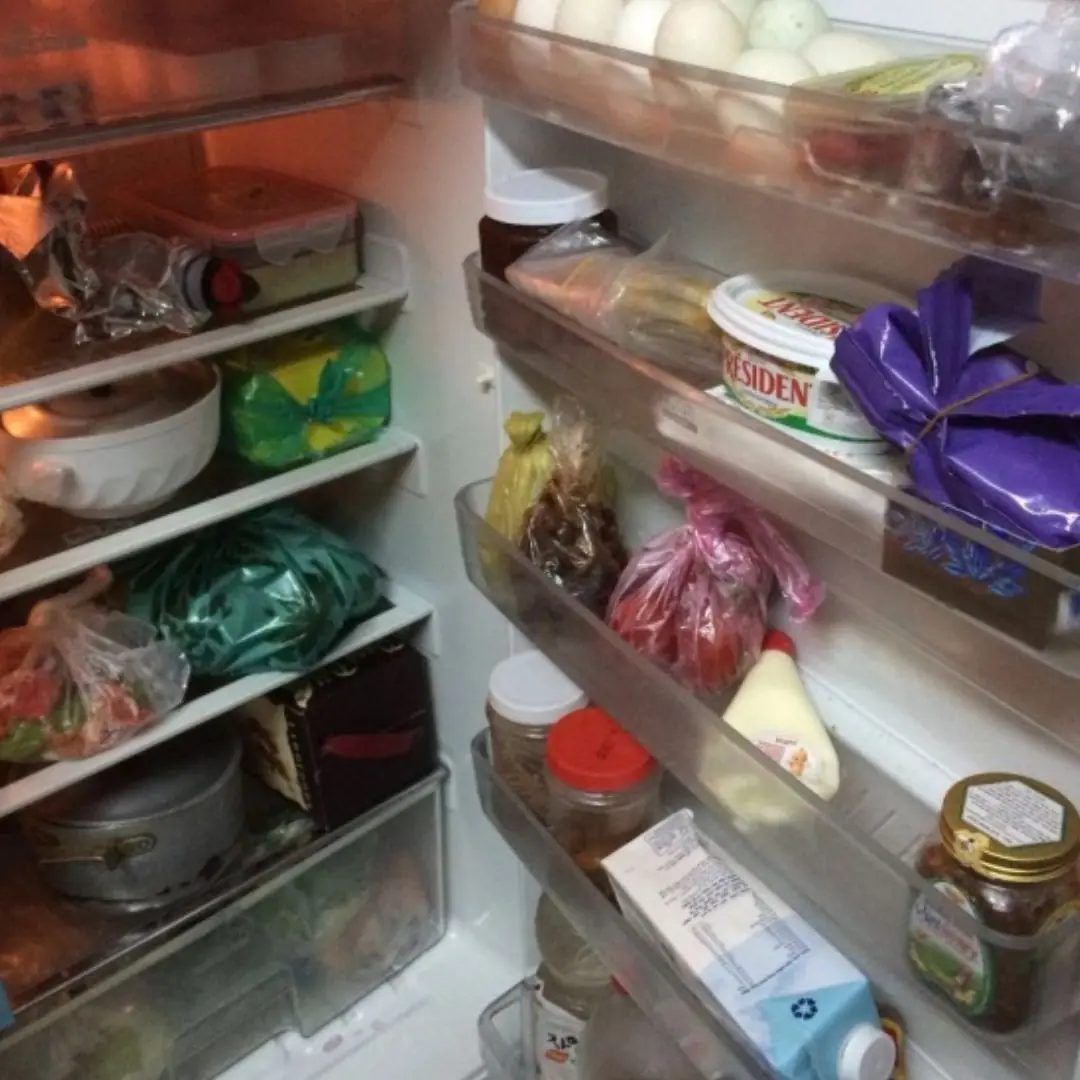
4 warning signs that frozen meat has spoiled
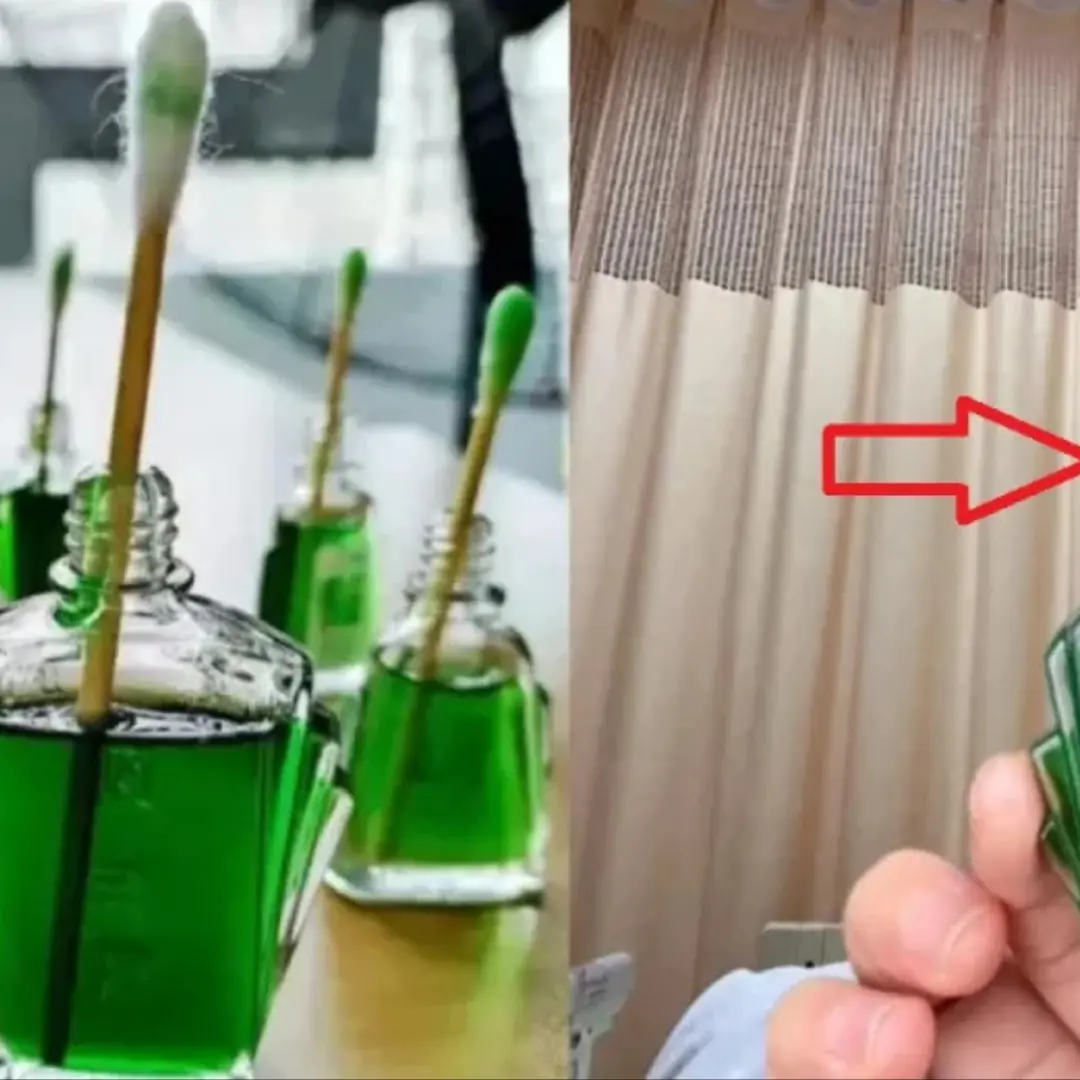
Put cotton swabs in a bottle of essential oil and place it on the bedside table: Simple and the whole family can benefit.
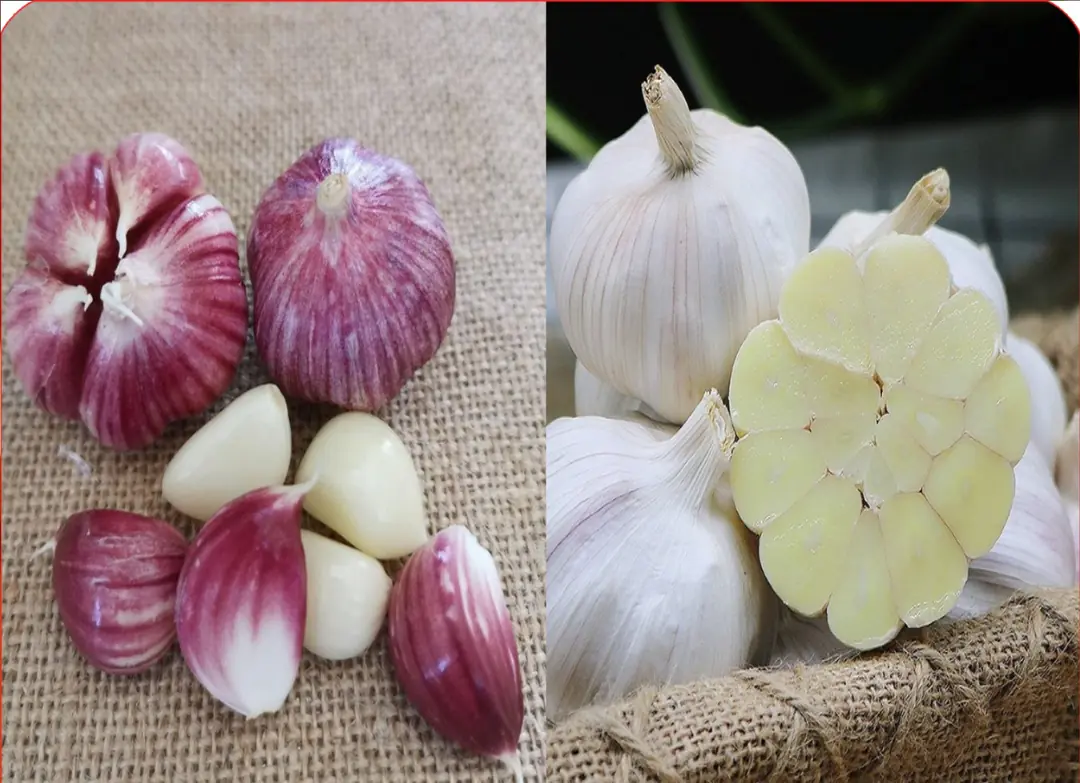
Purple or white garlic skin is better? An old farmer said something, suddenly I was "brain-cleared"
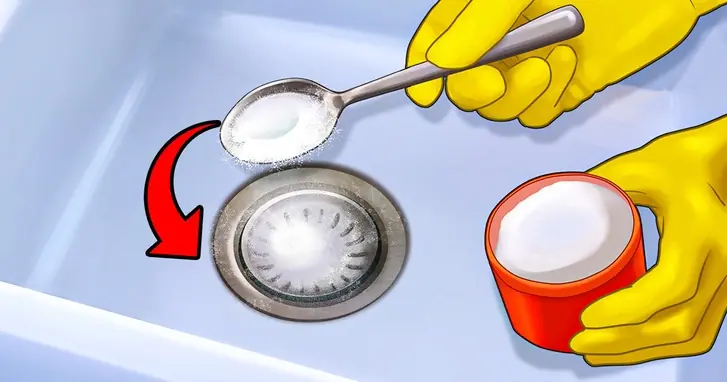
Benefits of pouring salt down the drain
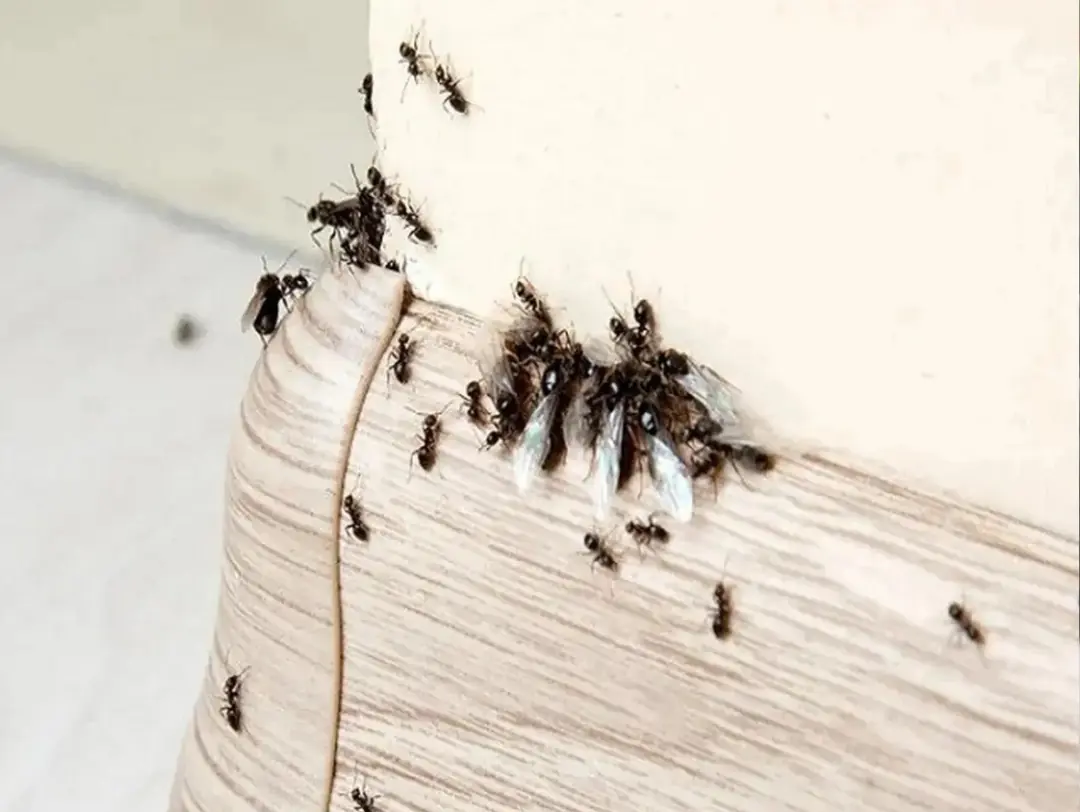
Using 3 kitchen ingredients, ants will never come back, safe for children, effective immediately
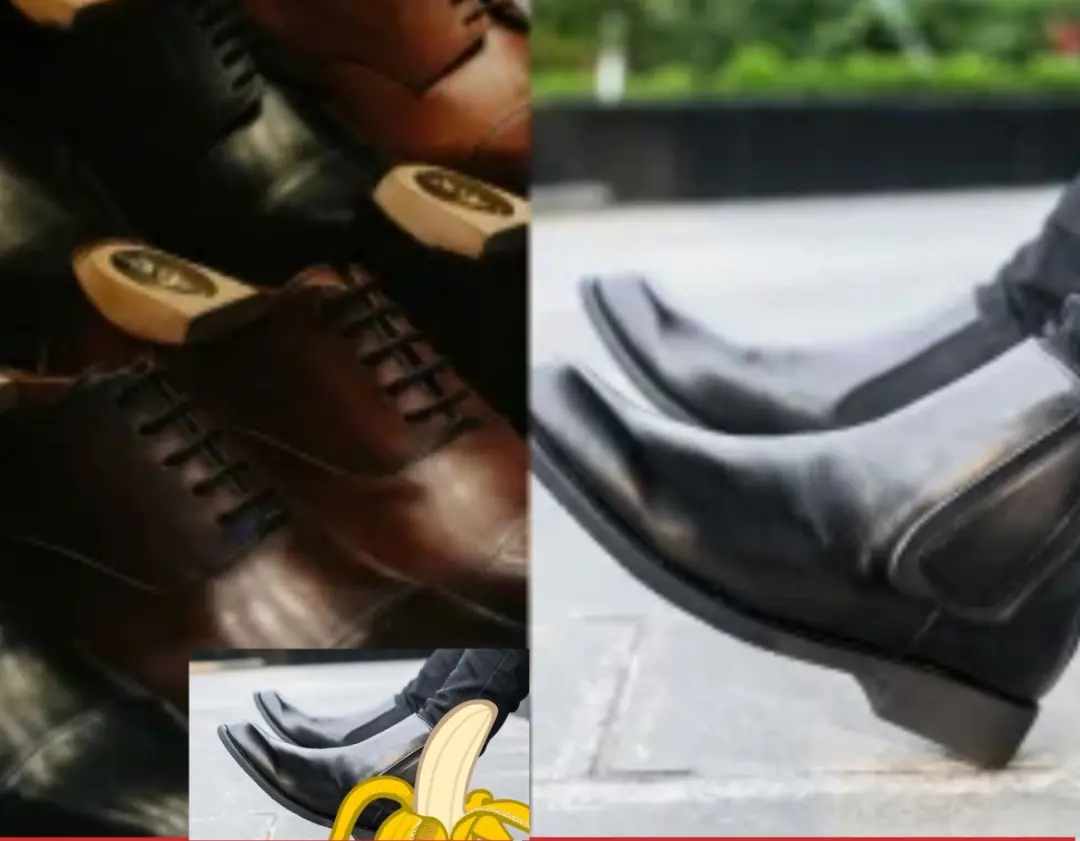
Golden tips for shiny leather shoes like new, no polish needed, just need these 4 things to throw away
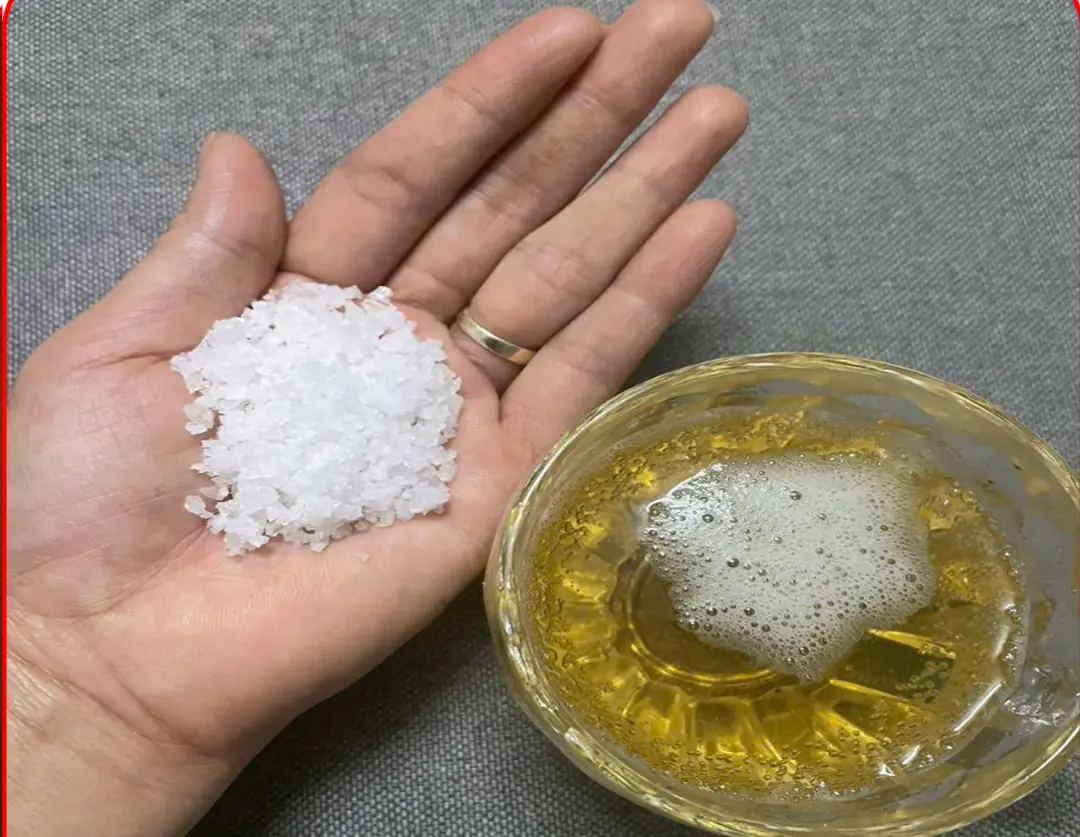
If you drink leftover beer, add a little salt to create
News Post
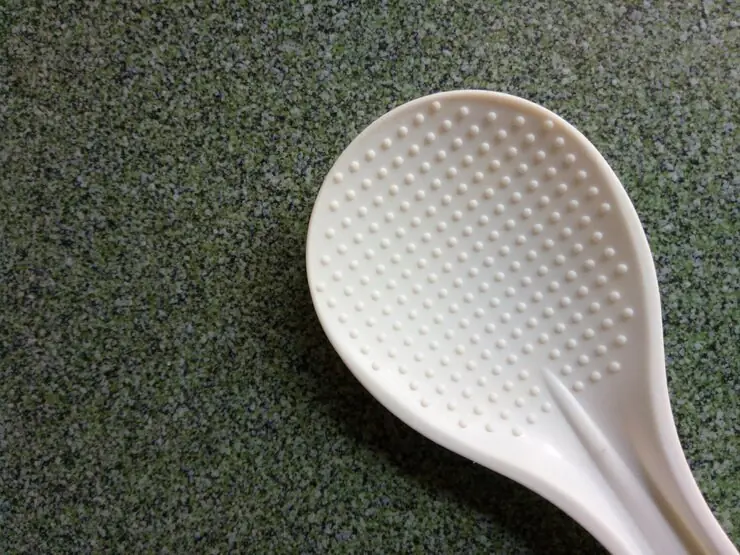
Why does the rice cooker's rice scoop have round dots?
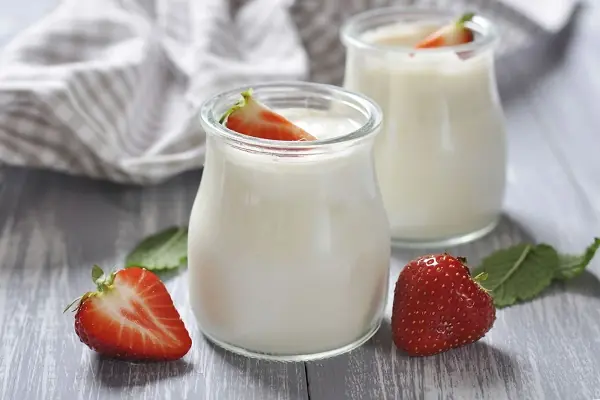
Health benefits of yogurt

The Skylight Room
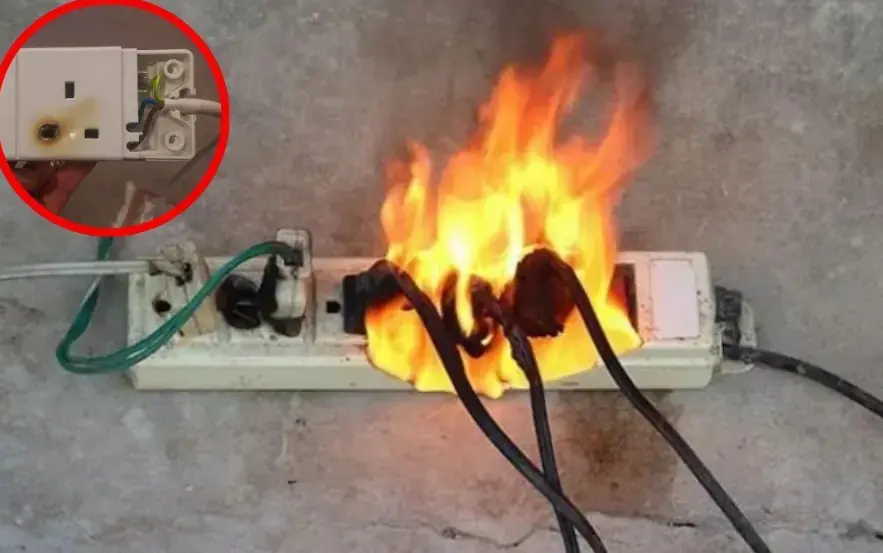
90% of people using power strips make these mistakes

Regret

Don’t Be Quick to Throw Away These 4 Sprouted Foods in Your Home: They're Not To.xic

How to use rice water and ginger for healthy hair

4 Effective Home Remedies to Eliminate Mucus and Phlegm in the Throat, Sinusitis, and Rhinitis

What is spinach? 9 amazing health benefits

Tips for boiling potatoes without water, in just 5 minutes, the potatoes will be soft and fragrant

Peeling garlic by hand is old-fashioned. Here are 4 ways that are quick and don't leave a smell on your hands.

6 tips for using beer to condition and wash your hair to make it shiny, black, and reduce hair loss

Not everyone pays attention to this issue

30-minute tip to keep your refrigerator clean and odorless with cheap and safe ingredients

Expired fresh milk has 4 special uses

Do You Need to Unplug the Rice Cooker After the Rice Is Cooked: The Surprising Answer

Plant these 5 plants around your house to repel snakes

The Way to the Dairy

The Story of An Hour
